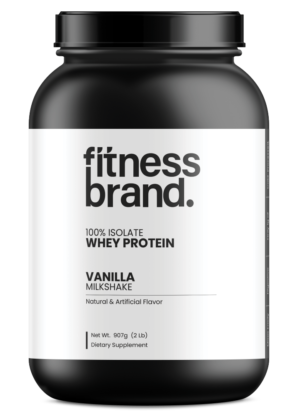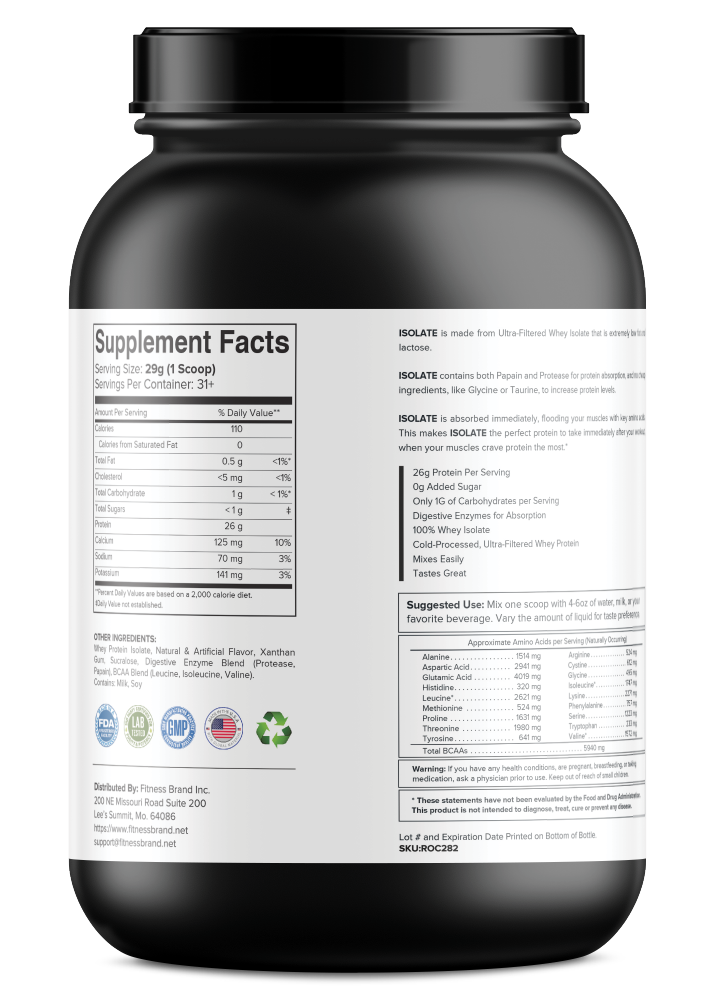


Losing body fat requires understanding the processes your body uses to burn fat and create an energy deficit. By knowing how fat loss works, you can make informed choices that support long-term success.
The process of fat burning, or lipolysis, occurs when the body breaks down stored fat to release fatty acids, which are then used as fuel. This process involves several steps:
Hormones, including adrenaline and cortisol, can trigger fat release, especially during physical activity or periods of caloric deficit. By incorporating regular exercise and achieving a caloric deficit, you can promote consistent fat burning.
Achieving a caloric deficit is essential for fat loss—meaning you burn more calories than you consume. Metabolism plays a key role in determining daily calorie expenditure and is composed of:
While reducing calorie intake helps create a deficit, overly restrictive dieting can lead to metabolic adaptation, where the body conserves energy to protect against weight loss. To maintain a healthy metabolism, it’s essential to focus on gradual calorie reduction and include resistance training, which helps preserve muscle mass and metabolic rate (Melanson et al., 2009; Miller et al., 2022).⁵,⁶
Category: Lose Body Fat
